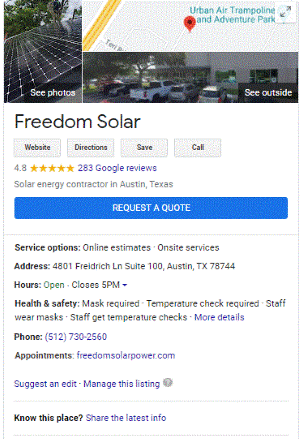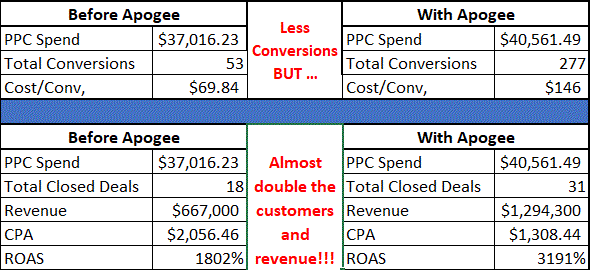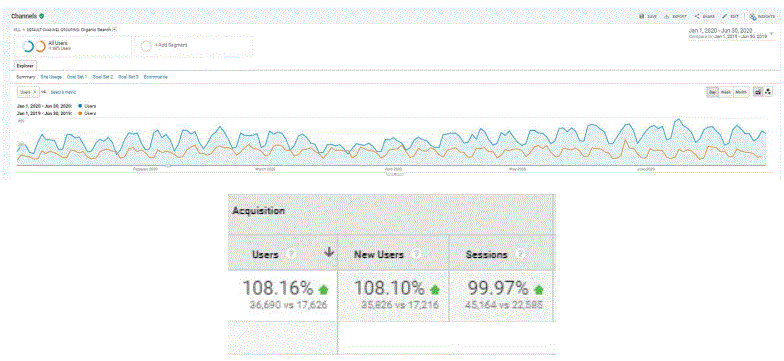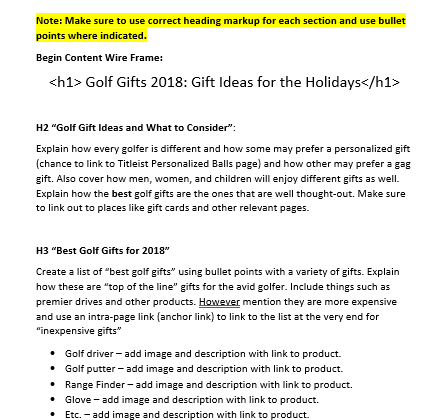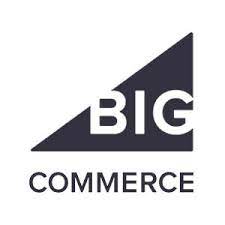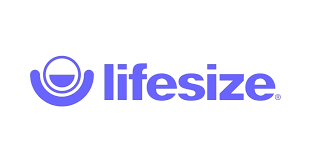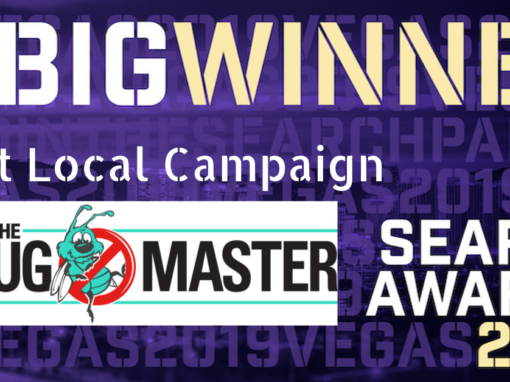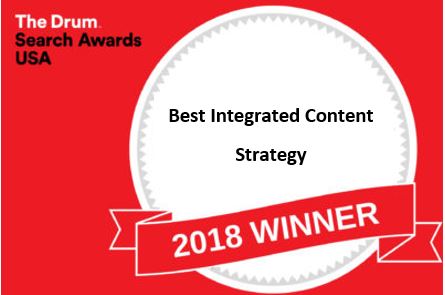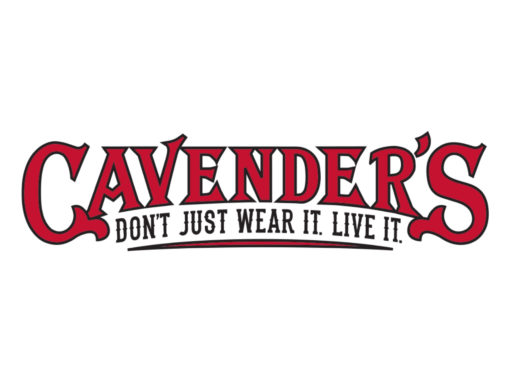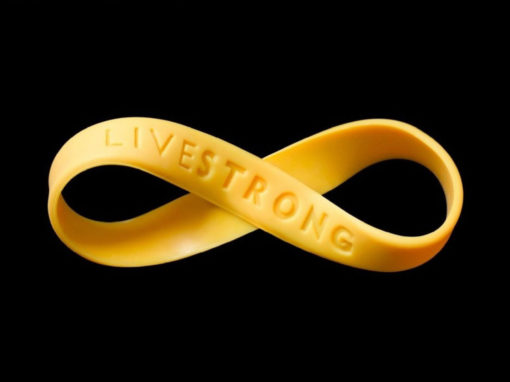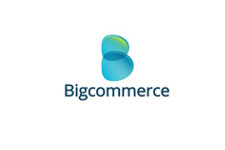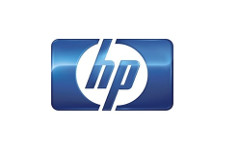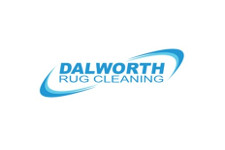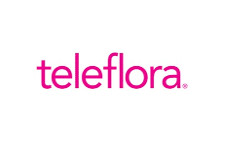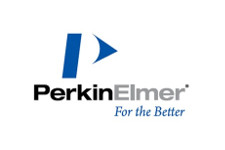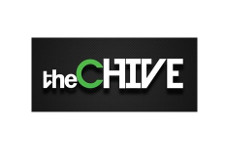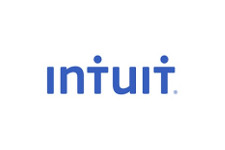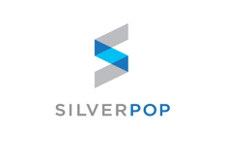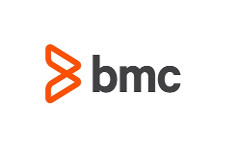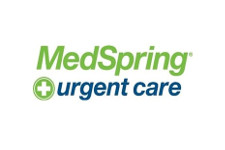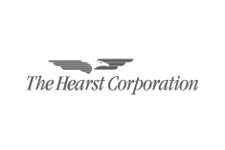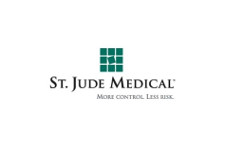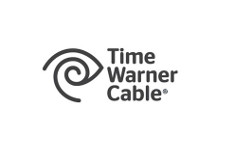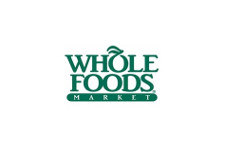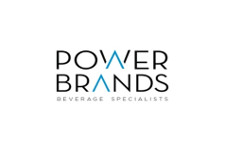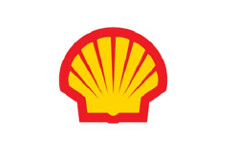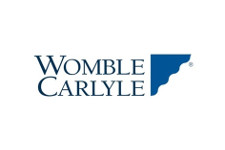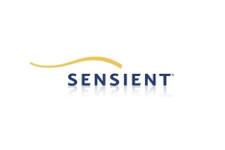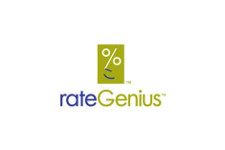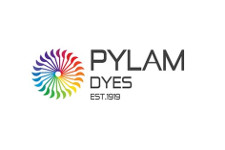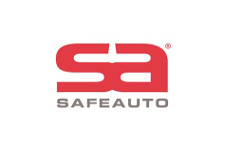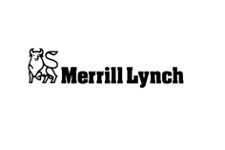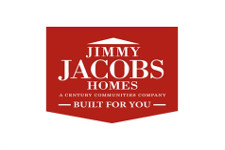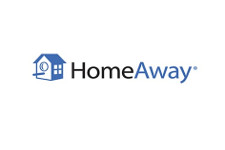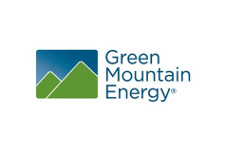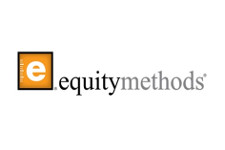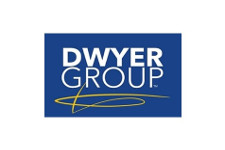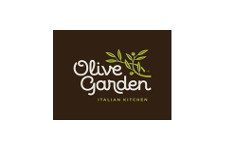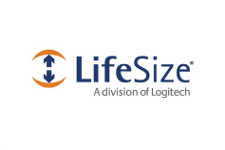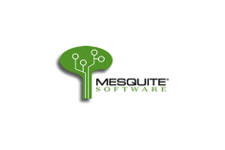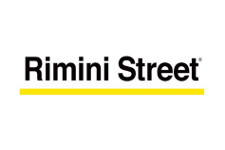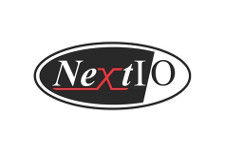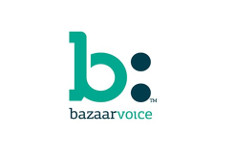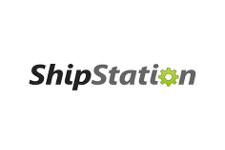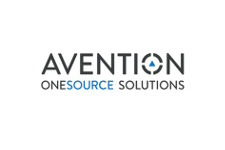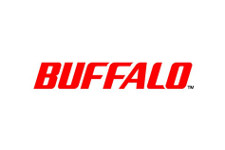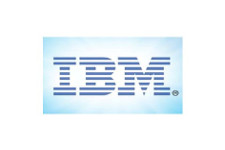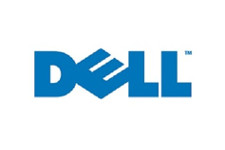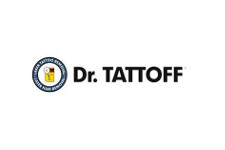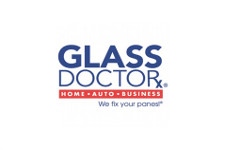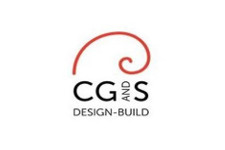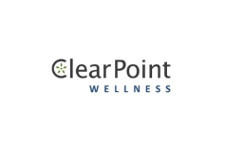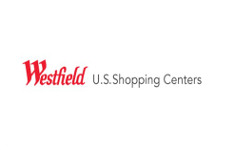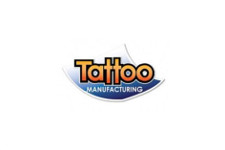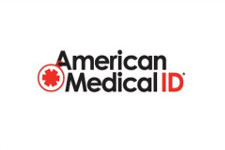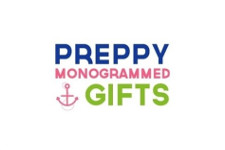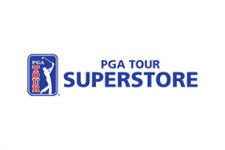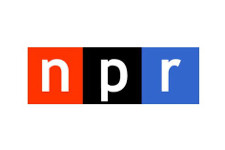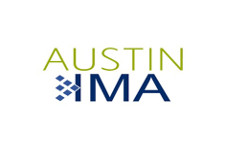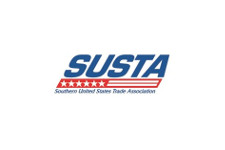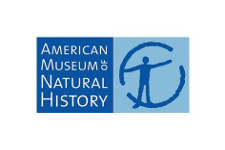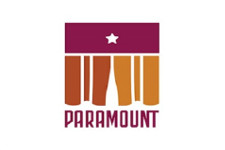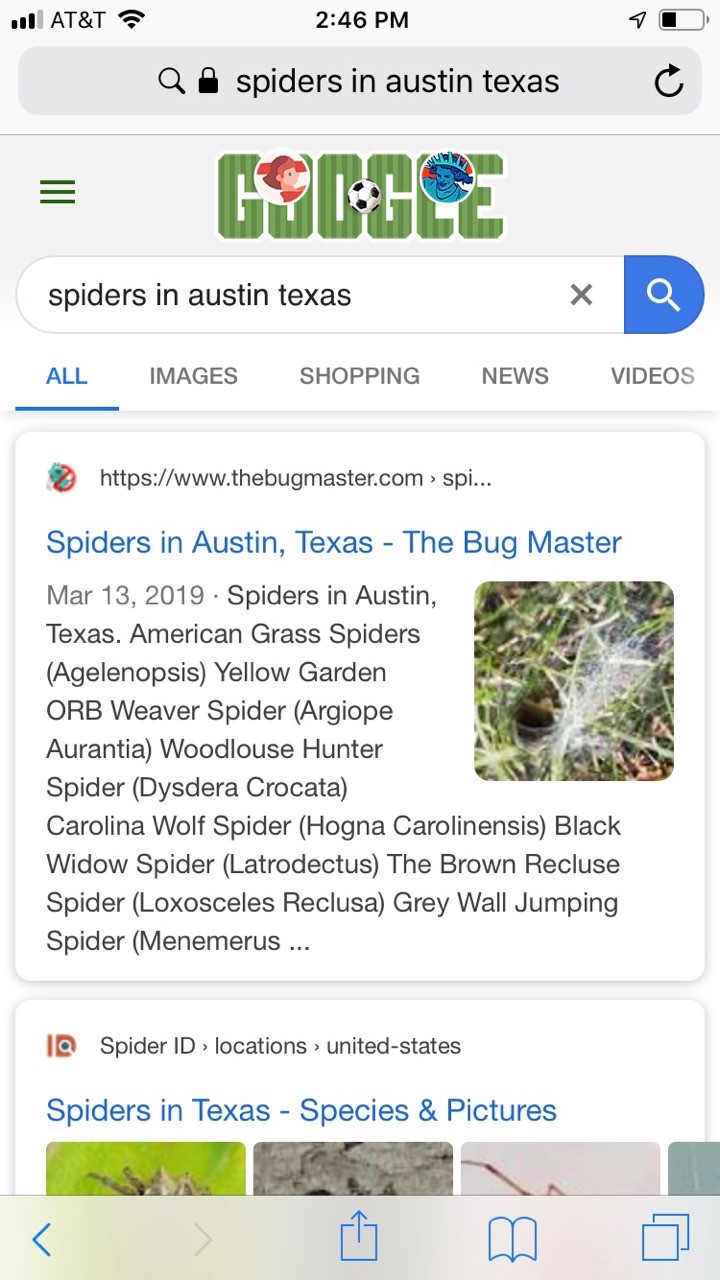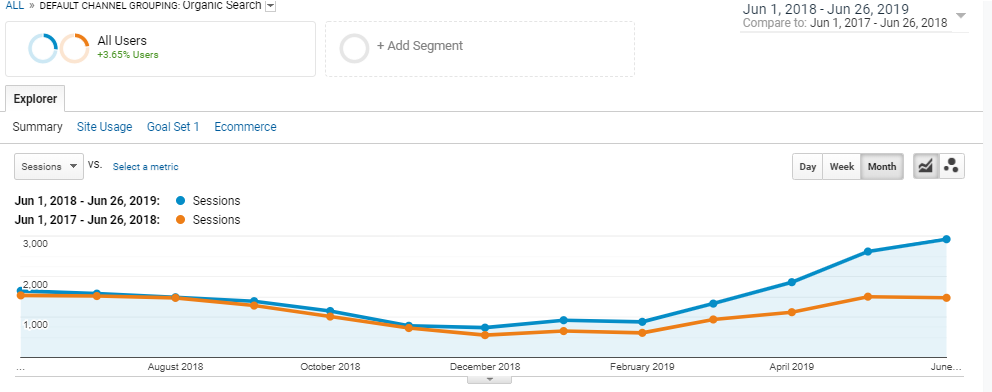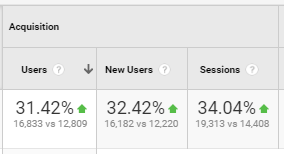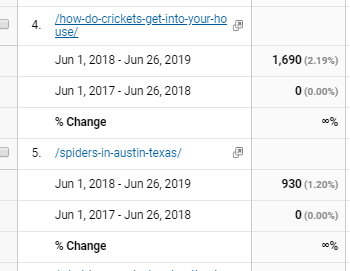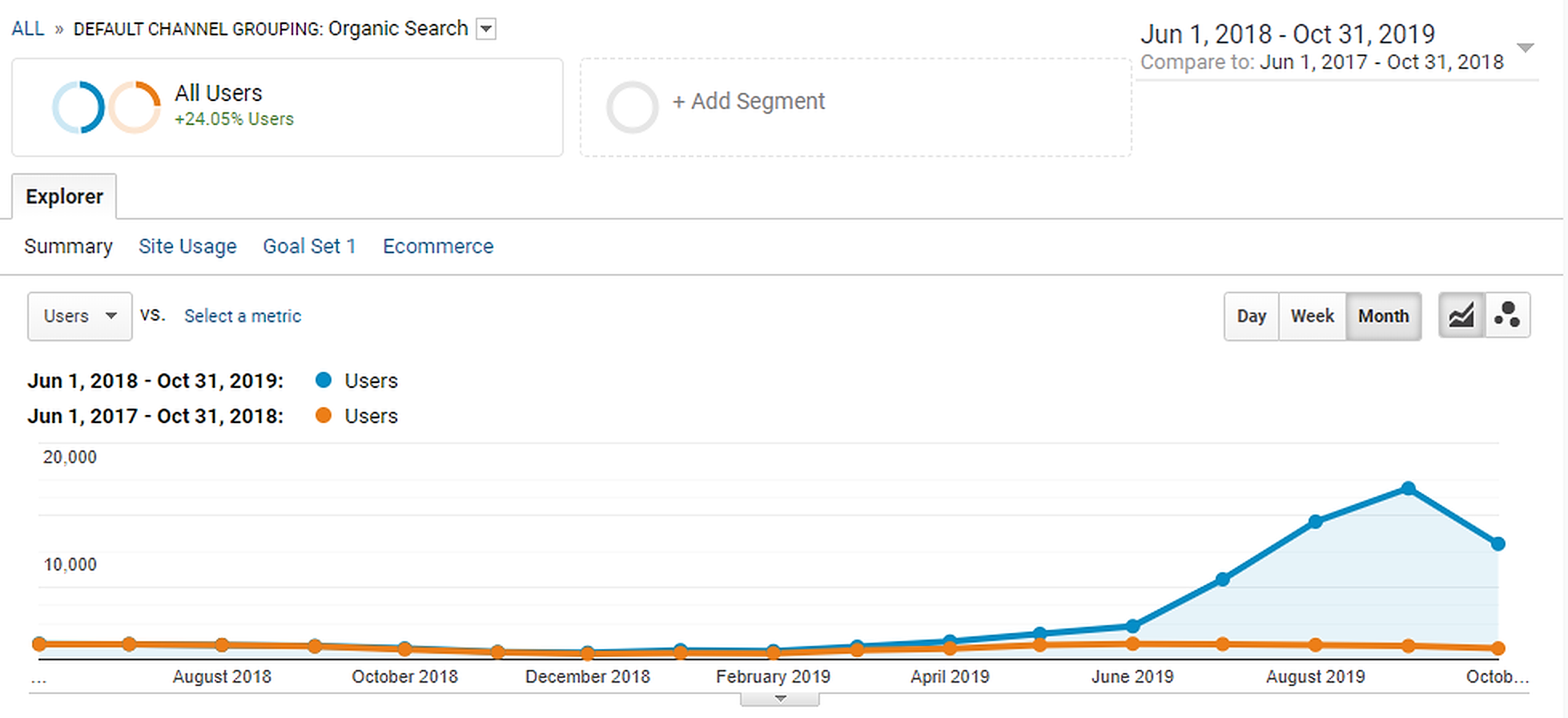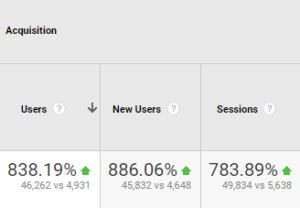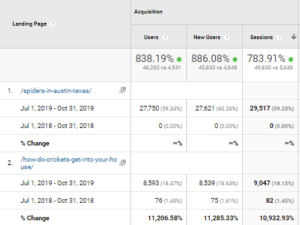by Daniel Spenrath | Aug 12, 2021
Search Marketing helps startup gain $35M in expansion capital
The Challenge
BigCommerce was transitioning from a small, Australian based shopping cart software and email company, to a North American driven SaaS provider of hosted, subscription ecommerce services. They had good technology, but few existing customers and little revenue.
The company had been spending in the 6 figures in monthly paid media against more established vendors with larger budgets and better converting pages. On the SEO side, they had launched the service on a website with a page rank of 0.
BigCommerce was underfunded and pre-venture capital, yet
competing with heavily resourced, well-known opponents.
We now have a PR (page rank) 6, (have) backlinks being created every single day on BigCommerce, (a) YouTube Channel with lots of traffic, an active blog, etc…THANKS!
CEO, BigCommerce
The audit revealed mismanaged ad buys and resulted in the client terminating their existing consultant.
Once underway, we plucked learnings from prior
campaigns to properly segment and target paid search
but to also identify top SEO keywords.
In addition to core SEO focused on hypercompetitive key phrases, we assisted with social media, the Google Merchant Center, YouTube, and other channels. Our team made extensive conversion and landing page recommendations. We identified opportunities for further growth and
expansion and devised strategies to capture them.
New Expansion Capital Funding
Outstanding results led to expansion funding
The foundational work we did for BigCommerce helped them become the #2 SaaS digital commerce platform for small and medium-sized businesses. They grew from 0 US clients to 40,000 and from 3 employees to over 100.
Their US revenue reached $21.3 million.
This initial success also brought BigCommerce $35 million in expansion capital funding.
We now have a PR (page rank) 6, (have) backlinks being created every single day on BigCommerce, (a) YouTube Channel with lots of traffic, an active blog, etc…THANKS!
CEO, BigCommerce
by Daniel Spenrath | Aug 9, 2021
Telecommunications Start Up Gains #1 Google Ranking
The Challenge
Lifesize was a venture capital-backed, unknown startup in an
exceptionally competitive market. They had developed the
first high definition videoconferencing product, but despite
this accomplishment, like all new businesses were merely
trying to bring in enough sales to stay afloat.
The company realized that the small amount of pay per click
they were doing was not going to suffice to position them as
highly as top competitors. And not with the HD element,
which was their key differentiator.
Lifesize needed visibility, reach, and a reliable revenue
generation machine but were struggling to scale paid
search, and their expensive website was not converting
visitors into leads
Campaign Activities
- Conversion Rate Optimization (CRO)
We now have a PR (page rank) 6, (have) backlinks being created every single day on BigCommerce, (a) YouTube Channel with lots of traffic, an active blog, etc…THANKS!
CEO, BigCommerce, Lifesize
We captured click to close lead data by tying web
analytics to CRM so visitors from ads were recorded.
Leads were coded based on their origin (keyword, search
engine, ad). Codes stayed with leads to track searches,
even after additional touches, such as a telemarketing call.
To find keywords to test, we analyzed the market and key
differentiators. We also studied searches that ranked
competitors highly or indicated traditional meetings. This
was to target those not using videoconferencing due to
quality, and to offer an option for general meeting terms.
Keywords were thinned out using paid search, those with
similar terms but low click volume were put into
categories. This included phrases with various
spellings like videoconferencing and technology
references, such as Hi-Def, HD, and HD Video. Reporting
showed which keywords drove traffic and leads. In
this way, we identified 10 keywords that became the
foundation of our SEO.
With top keywords in hand, we began modifying content
by replacing standard terminology. Videocommunications
became a more standard word, videoconferencing. Site
tags changed to reflect the most visible search terms. We
recommended placing best keywords in press releases.
Implementation Continued….
We built targeted links with sites based on keywords
Inbound links are critical to search results, so we examined
keyword rankings for suitable exchange partners. We
established links with top directory sites pointing to
relevant content, such as the difference between HD and
standard videoconferencing. We reached out to IT or
videoconferencing bloggers and built links between
partners and resellers. We created a Partner Map on the
site which required partners to link to a page with relevant
content about Lifesize. We provided a document on how to
create a search-optimized link and what location to link
back to.
We tested content offerings and landing pages
We needed better content and landing pages to help turn
web clicks into qualified leads. For landing pages, we
started testing designs that contained variations on text,
images, and the number and type of registration form
questions. In addition, we tested the response to a variety
of marketing content, including white papers, videos, and
one- or two-page special reports on how-to topics and
technology primers, such as Top 10 Questions to Avoid
Videoconferencing Investment Mistakes.
Conversion Results
Lifesize had been converting 2.09% of site visitors into
leads. After site optimization this number rose to 8.17%,
nearly a 400% increase.
Million Dollar Acquisition
After successive years of growth, Lifesize was purchased
by Logitech for $405M.
We now have a PR (page rank) 6, (have) backlinks being created every single day on BigCommerce, (a) YouTube Channel with lots of traffic, an active blog, etc…THANKS!
CEO, BigCommerce, Lifesize
by Daniel Spenrath | Aug 3, 2021
Conversions are Not the Goal: Revenue is the Goal
The Objective
Goal 1: Increase actual revenue from Paid Search efforts by at least 50% year over
year
Goal 2: Increase top-of-funnel organic traffic by at least 50% year over year
Goal 3: Increase organic leads by at least 30% year over year
The Challenge
- Paid Search: Freedom Solar came to Apogee Results having had some success already. Their paid search efforts by their agency had produced 1,802% return on ad spend (ROAS). This is a really good return, but Freedom Solar was not satisfied with really good- they wanted to get even better results, and so they decided to
work with Apogee Results. Our goal was to build off past success and make a significant improvement in these numbers.
- SEO: Similarly, to Paid Search, Freedom Solar had seen some success on a YoY basis for traffic growth. However, leads were flat, and traffic to location pages were down. Location pages are incredibly important to Freedom Solar because they yield roughly twice the conversion rate as other pages people land on organically.
Improve ROAS over 1,800%.
To accomplish this goal, the Apogee team restructured and rebuild the account to have as much granularity as possible, including the use of single keyword ad groups (SKAGS), this allows for significant optimizations over time. Because the team was able to see the entire funnel, and see which keywords were not only driving leads, but actual customers as well, they were able to significantly increase actual sales by focusing more on keywords that drove sales.
Here are some of the many strategies the Apogee team employed:
-A revamp of keywords to utilize only search terms that were previous converting well
-The increased use of exact match and broad match modifier keyword forms
-Significant and ongoing negative keywords to exclude undesirable searches
-Constant A/B testing of ad copy
-Utilization of audience targeting
-Optimization of ad schedule to target peak times
-Adjusting bids up for higher converting zip codes
-Expanded ad extensions
-The use of manual bidding
Paid Search Revenue Increase
Ensuring Google Rankings were as good as possible, an improved GMB profile, and of course increased conversions.
The SEO team went to work by first auditing the website and working to fix technical issues that make it harder for Google to understand the site. On the technical side, we found the following issues and helped remediate them:
-Clean up robots meta directives blocking roughly 100 indexable pages
-Clean up over 20 internally linked 3XX errors
-Clean up multiple internally linked 4XX errors
-Create schema markup for relevant pages (particularly local pages)
Next, the Apogee team focused on improving local SEO with citation building, citation fixing, implementing local schema markup, improving the GMB profiles, and restructuring the content on the location pages. This process was ongoing
and took many months to complete.
While working on local SEO long term, Apogee also helped Freedom Solar optimize their current high-value pages and also create new, SEO-optimized pages.
SEO is not one activity. Freedom Solar is a fantastic example of the fact that working on all of aspects of SEO together in one unified strategy yields the best results.
Head of Operations, Apogee Results
by Apogee Results | Sep 24, 2019
Better Than Par in Competitive Ecommerce
The Challenge
The online golf retailer space is becoming more and more competitive every year. There is also a growing market for golf equipment. Golf Datatech states, “According to the 2019 report, the golf equipment business grew by 4.1 percent in 2018 compared to 2017, reaching $8.41 billion.” With so much opportunity, but so much competition, it is easy to get lost in the shuffle. Our challenge was to help one of the top golf retailers in the country continue to grow despite new online golf retailers popping up seemingly every day. To beat the competition and get a larger share of the growing pie, significant effort and granular focus was given to both SEO and Paid Search strategies.
The Objectives
Objective #1: Increase SEO traffic by 5% year over year
Objective #2: Increase SEO transactions by 15% year over year
Objective #3: Increase SEO revenue by 20% year over year
Objective #4: Increase PPC spend while maintaining a 6 ROAS or better
Golf & Tennis Players & Enthusiasts, Friends/ Family of Golf/Tennis Players
Our SEO & PPC teams worked with this online sporting goods retailer in the areas of both SEO and Paid Search. SEO: Focus efforts on optimizing product pages and structuring new products in SEO-friendly ways. Paid Search: Invest effort in the data feed to improve Google Shopping Ads. Continuous manual oversight was applied to produce strong results that justified an increase spend. This included consistent testing of ad copy, significant bid adjustments based on product popularity and profit margin. Use of in-house developed AI to make bidding decisions based off performance of products, audiences, devices, locations, and more to make the best use of media spend. This resulted in consistently surpassing our goal of a 600% ROAS while continually justifying increases in ad budgets and adapting to a dynamic product line.
Increase in SEO Transactions
Implementation
On-Page Optimization, Existing Pages:
- The SEO team focused extensively on optimizing current product pages in order to gain high rankings, generate more traffic, and increase sales.
- Significant focus was given to the on-page product descriptions, H1 tags, meta descriptions, title tags, and alt text for images.
On-Page Optimization, New Pages:
- The SEO & Content teams assisted with new product pages, creating a structure for the client to follow with content wire frames. This process helped the client differentiate their product descriptions from other golf retailers and ensure SEO best practices.
- The content team also helped the client build and structure multiple special pages, such as a general gift page, ‘Cyber Monday’ and ‘Black Friday’ Page, in order to increase sales for different queries and holidays.
Additionally, the SEO team made multiple technical recommendations including:
- Unblocking Google Mobile Bot Smart Phone user agent. The following user agent was being blocked, and unblocking it resulted in more mobile traffic: (Mozilla/5.0 (Linux; Android 6.0.1; Nexus 5X Build/MMB29P) AppleWebKit/537.36 (KHTML, like Gecko) Chrome/41.0.2272.96 Mobile Safari/537.36 (compatible; Googlebot/2.1; +https://www.google.com/bot.html))
- Redirect mapping for site migration
- Performance testing for site migration
by Apogee Results | Aug 29, 2019
Content and Local SEO
for the Win
The Challenge
Every client, no matter how large or small, deserves the best return for their search marketing efforts. The relationship between Apogee Results and The Bug Master is an example of how conscientious and creative application of best practices in local SEO, data, and content writing can positively impact a client’s bottom line without spending big marketing dollars.
The Objective
Objective: #1: Increase Organic Search Traffic by at least 20% year over year in the first year of the engagement.
Objective #2: Increase revenue from Organic sources by at least 20% within 6 months (and ongoing). This is to be achieved by increased form fills and phone calls.
Small Budget – Big Impact
The target audience for The Bug Master is all homeowners and renters in the Austin Metro area who experience pest and insect problems. Additionally, service areas in Temple and Waco were also a priority. Pet owners are a sub-audience among these groups that particularly use pest services.
Our strategy for The Bug Master was two-fold:
1: Clean up citations and produce enhanced schema local markup to gain more exposure from Google Maps and the local 3-pack for Austin, Temple, and Waco.
2: Create new, SEO optimized content pieces related to bug and pest infestations that would be valuable to consumers and help answer common questions about different types of pests and infestations in Central Texas. This new content would establish The Bug Master as the go-to resource for the Austin area when it comes to bugs and other pests.
Increase in Organic Search Traffic
Implementation
Technical Remediation Included:
- Updated Robots.TXT
- Updated Sitemap
Local SEO Practices Included:
- Citation cleanup and new citation building
- Creation of local pages for each service area, content created using query analysis
- Creation of local schema markup for each local page
Content Creation
Through deep query analysis, intent analysis, and competitive analysis, we determined the right topics to write about that would gain traffic for The Bug Master’s website. We also took the further step to publish pest topics according to seasonal peaks in search volume for each particular user query.
The Creative
Creativity comes in the application of the research to match data to human behavior. While there is high search volume for general terms like “termites,” national companies like Orkin have such a high domain authority that they will outrank a local service provider nearly every time. Also, the more general terms tend to include people looking for information and not necessarily services. Creating content for the longer regional phrase enabled the team to filter The Bug Master’s potential search traffic by a higher intent to hire services in their area and rank with authority for queries that are much more specific to Central Texas.
Over the course of a year working with The Bug Master, we produced over 50 content pieces for the website high local or regional intent and timed with the highest peaks in queries for particular pests.
“I enjoy working with Apogee – because they are good people. But in addition to that, they continue to generate quality traffic that converts! Apogee brings a deep understanding of their craft that’s actionable; and ultimately, it adds real business value. It certainly makes my job a lot easier. Our traffic is up, and not just up, I mean UP. The content they produce, coupled with the deep SEO knowledge/experience, is relevant and adds real value to our visitors – which, in turn, creates more customers. That’s what it’s all about. I couldn’t be happier; I highly recommend Apogee Results. “
Director of Marketing, The Bug Master

